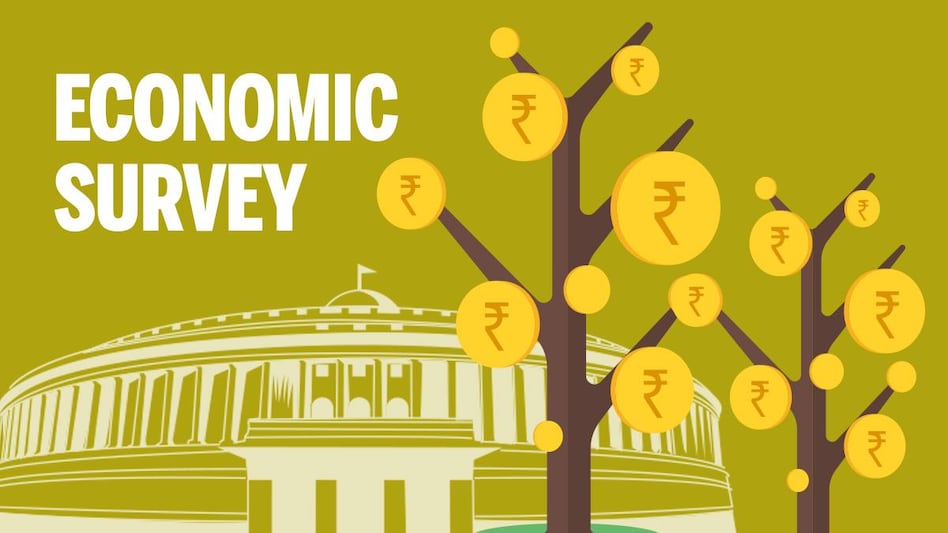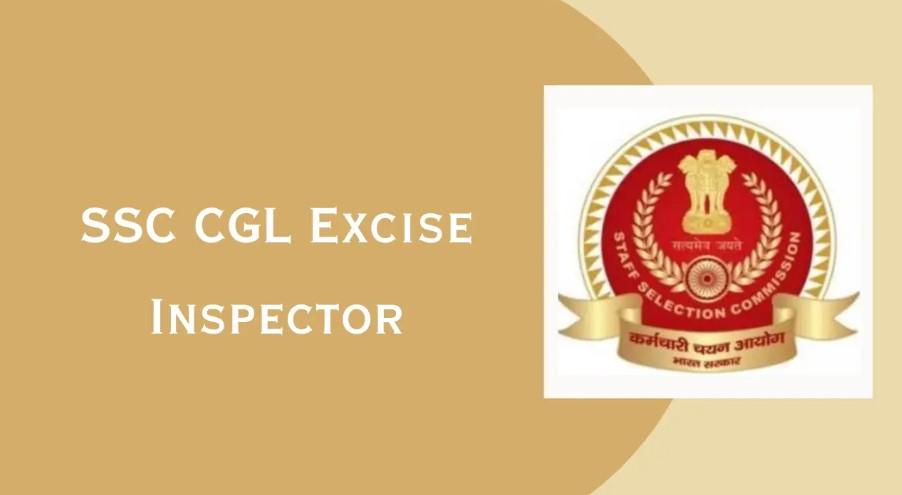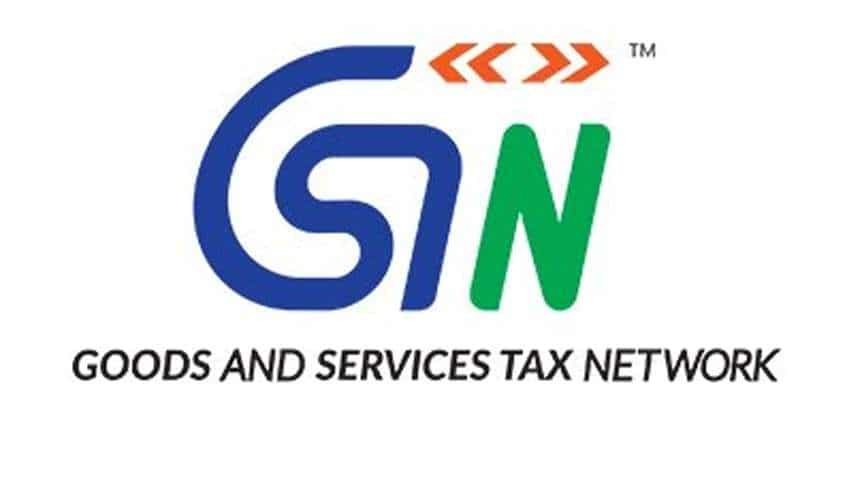
The Central Board of Indirect Taxes (CBIC) has instructed its field officers to create an internal process to eliminate repeated notices to companies and individuals that are already under investigation by state goods and services tax authorities.
An internal review found approximately 10,000 instances where taxpayers received notices from both central and state GST bodies. Numerous cases of simultaneous investigations have been criticized by the courts. This issue was brought up in a recent meeting of central and state GST enforcement officers, presided over by Union Finance Minister Nirmala Sitharaman. A high-level official commented, “Cases where both central and state agencies have issued notices or initiated investigations on the same matter have been identified. We are drafting a comprehensive directive to address this.”
The Central GST Act stipulates that if a state GW or Union Territory Goods and Services official begins proceedings, no other action should be taken under the CGST Act. State GST regulations similarly aim to prevent multiple legal actions. “If an investigation is subsequently started by another authority, it must be discontinued,” stated a lawyer handling several related cases in various high courts. “The main intent of these legal provisions is to minimize repeated litigation, and any effort undermining this aim could be challenged in court,” he further explained. The previously mentioned official noted that state GST officials have yet to fully utilize technology; however, duplicative notices could be avoided with proper digital record-keeping of investigations.
The Central GST Act stipulates that if a state GW or Union Territory Goods and Services official begins proceedings, no other action should be taken under the CGST Act. State GST regulations similarly aim to prevent multiple legal actions. “If an investigation is subsequently started by another authority, it must be discontinued,” stated a lawyer handling several related cases in various high courts. “The main intent of these legal provisions is to minimize repeated litigation, and any effort undermining this aim could be challenged in court,” he further explained. The previously mentioned official noted that state GST officials have yet to fully utilize technology; however, duplicative notices could be avoided with proper digital record-keeping of investigations.













